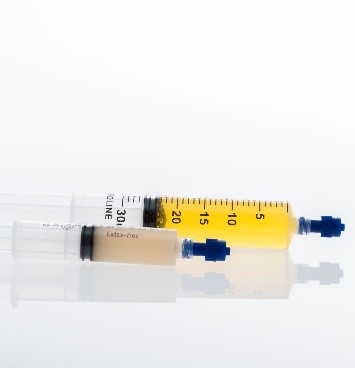PRP Rejuvenation
PRP Rejuvenation
What to Know
Make sure when you get PRP treatment to ask for pure yellow PRP that is filtered from the white inflammatory blood cells (WBC) and the red irritating blood cells (RBC). Any concentration between 5-9 times are considered effective, but concentrations less than 4 times are ineffective.
PRP is a safe, non-allergic treatment used to rejuvenate the skin in the face. Injecting it into the desired area stimulates the production of collagen and fibrin in 4-6 weeks. Collagen and elastin help treat and fade the lines, folds, wrinkles, scars, and dark circles. PRP can also be mixed with other fillers to volumize the face for longer lasting results. It is the new era of non-surgical age-defying method for youthful and healthier look that lasts for up to 2 years.
Growth Factors:
- VEGF=new blood vessels
- ECGF=new blood vessels
- IGF=cell growth
- PD-EGF=cell growth
- PDGF=cell growth
- bFGF=new collagen
- TGF=turns stem cells into tissue
Benefits of PRP
- Volumize the face, lips, and rejuvenate the hands
- Fades the lines, folds, winkles, and darks circles in the face
- Can be used with micro-needling for more skin tightening and collagen stimulation as well as speeding up the healing process
- Very effective in hair restoration. Help regrow the hair
- Provides gradual and natural improvement in the skin appearance
- Indicated for patients with mild to moderate aging signs.
- Results last up to 2 years. It is recommended to repeat treatment in 9-12 months to maintain collagen stimulation
- Safe, non-surgical, uses your own blood, therefore no allergy
- Almost no contraindications, however, not recommended for patients with HIV, hepatitis C, and any type of blood cancer. Also not recommended to areas of skin cancer or cardiovascular disease
- Like any other fillers and cosmetic treatments, results of PRP vary per patient





